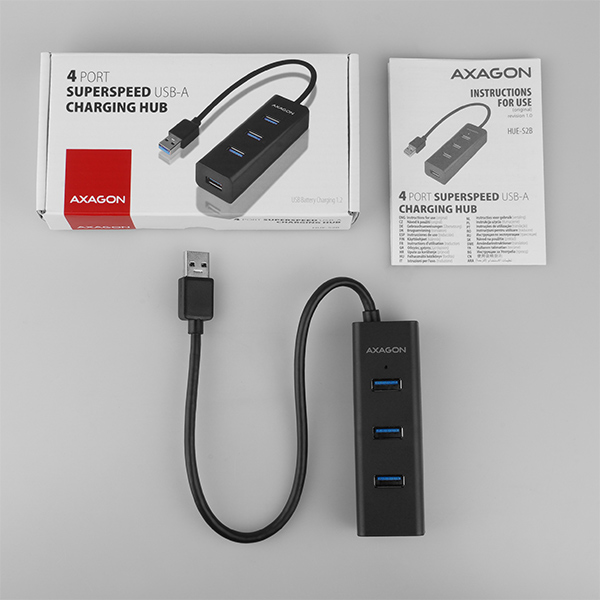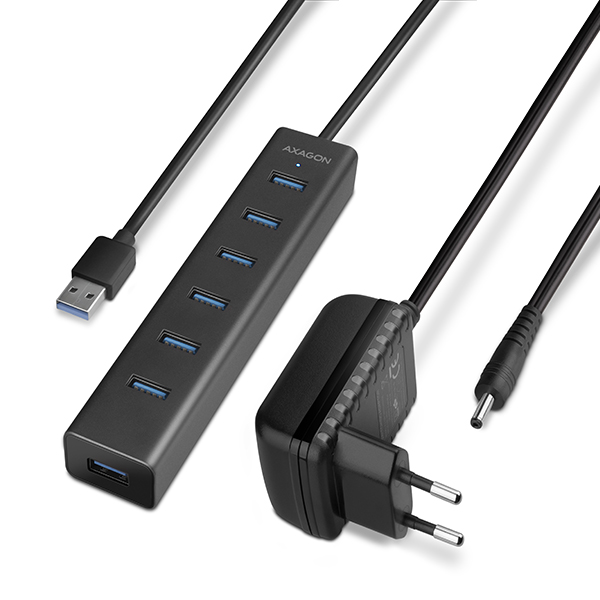


This means if you’re a passenger using the charging port to charge your iPhone while playing games, expect the battery to slowly drain despite being plugged in. How does 1A fare in real world use? Under ideal conditions, 1 amp will charge your smartphone or tablet, albeit very slowly, but it won’t keep up with active use (under less than ideal conditions it might not even work with your high-demand device). Every charging port we tested, in both the front and rear passenger spaces, was only 1A.

The other ports in the vehicles, specifically designated as charging ports, didn’t fare much better.
#WIRING A MULTI PORT USB HUB TO A CAR BATTERY FULL#
While that’s enough to power up your USB drive full of MP3s, it’s barely enough to trickle charge an iPhone and maintain the current battery level-if you’re using the phone for navigation, a notorious battery hog, it’s unlikely you’ll even charge it faster than it drains. We measured multiple vehicles with a USB voltage/amperage meter and found that the data port in the dash (commonly used to hook up a USB drive or phone to play music) offered a very weak 0.5A output. The problem with built-in automotive ports is that they don’t deliver enough juice to keep modern power-hungry phones, tablets, and other devices on and charging.


 0 kommentar(er)
0 kommentar(er)
